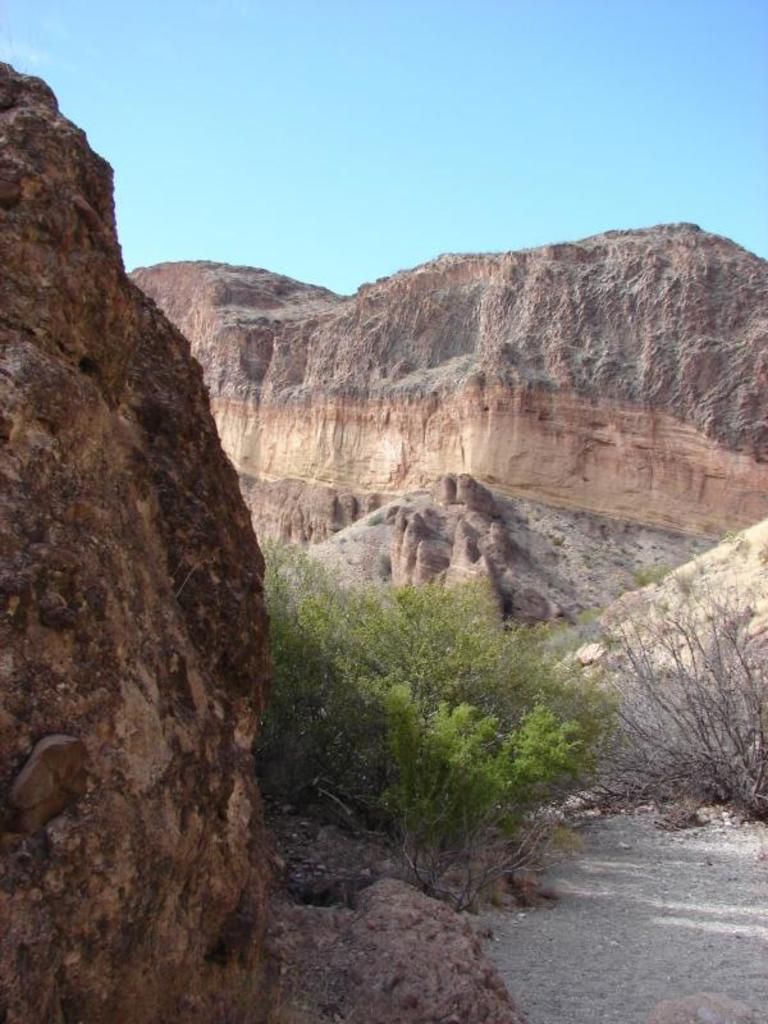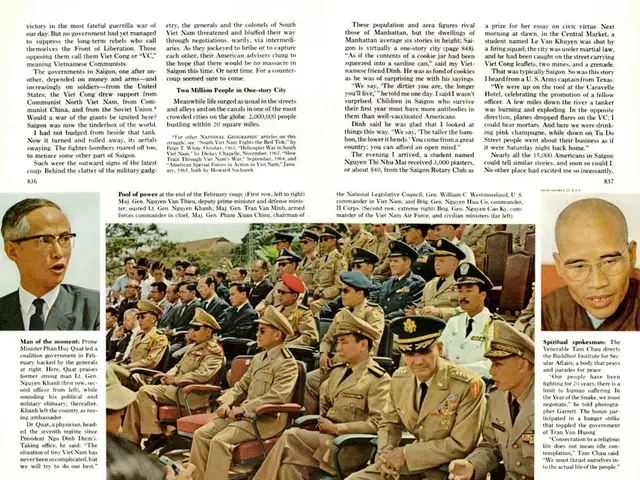Kuwait to address dust storm predicament through eco-friendly strategies and international collaboration
Living With the Sandy Blitz: Kuwait's Fight Against Dust Storms
Sandstorms have become a common sight in Kuwait, causing havoc in daily life, worsening health issues - particularly for those with respiratory conditions - and reducing road visibility due to the relentless, encroaching sand. So, let's delve into the strategies being implemented to combat these storms, their impact, and the obstacles standing in the way of cleaner, clearer skies.
The battle against dust storms isn't a one-sided affair. Iraq and Kuwait are joining forces, launching a joint project aimed at curbing dust and sand storms. This includes caring for and rehabilitating forests in Iraqi governorates, acting as natural windbreaks for oncoming storms. On the home front, efforts to fuel vegetation growth in the desert are of utmost importance, as it helps stabilize the soil and keeps dust at bay.
Our health authorities recommend that individuals, especially those with asthma and allergies, wear masks outdoors when the air quality worsens as a result of dust storms. Regular air quality monitoring helps set up early warning systems for these storms, safeguarding public health.
The challenge lies in the implementation of large-scale environmental projects like afforestation and windbreak creation. These endeavors require substantial resources, international collaboration, and ongoing care to be successful.
When it comes to health, dust storms intensify respiratory conditions, while raising risks for the general public due to poor air quality and visibility issues. Road visibility and safety are significantly impacted as heavy dust reduces visibility on roads, escalating the risk of accidents and disruptions in travel.
Our ecosystem feels the brunt of these storms too. The lack of rainfall and increased wind activity create soil instability, which exacerbates dust storms. Declining vegetation also makes it easier for dust to be lifted by the wind. Conversely, greening efforts in residential areas can see a reduction in dust deposits by up to 26%, thanks to native, drought-resistant plants like Awsaj and Ramth that effectively prevent dust movement.
Implementing long-term solutions remains challenging due to the need for continuous funding, cooperation, and sustainability of projects. Encouraging public awareness and involvement in environmental conservation efforts is another significant hurdle. Developing advanced technologies or infrastructure to reduce dust storms can be expensive and logistically complex.
Four main dust sources pose a threat: Iraq's Maysan outpost (stabilized), northern Nasiriyah (top priority), southern Samawah (long-term concern), and Kuwait's Bubiyan Island due to its sandy terrain. These sources necessitate comprehensive, multi-level strategies for combating health risks - ranging from eye infections to cardiovascular diseases and increased mortality - and promoting ecological resilience in Kuwait.
- To curb the worsening effects of dust storms, there is a need for more investment in environmental-science projects, focusing on finding sustainable solutions for afforestation and windbreak creation in both Iraq and Kuwait.
- In the quest for personal-growth and career-development, understanding the science behind climate-change and sandstorms could lead to innovative business ideas centered around energy and technology solutions, aimed at mitigating the impact of dust storms on human health and the environment.
- As financial backing plays a crucial role in implementing large-scale environmental projects, research and education in the fields of finance and economics can pave the way for sustainable investment strategies in the fight against dust storms.
- To support the ongoing efforts to combat dust storms, it's important for individuals to take basic protective measures such as wearing masks outdoors during dust storms and utilizing environmental-science knowledge for smart landscaping choices in their homes and neighborhoods.
- The future of Kuwait's environment and people lies in the collaborative efforts of the industry, government, and citizens, working together to combine cutting-edge research, robust resources, and revolutionary technologies in the name of a healthier, more sustainable future, free from the blight of dust storms.








